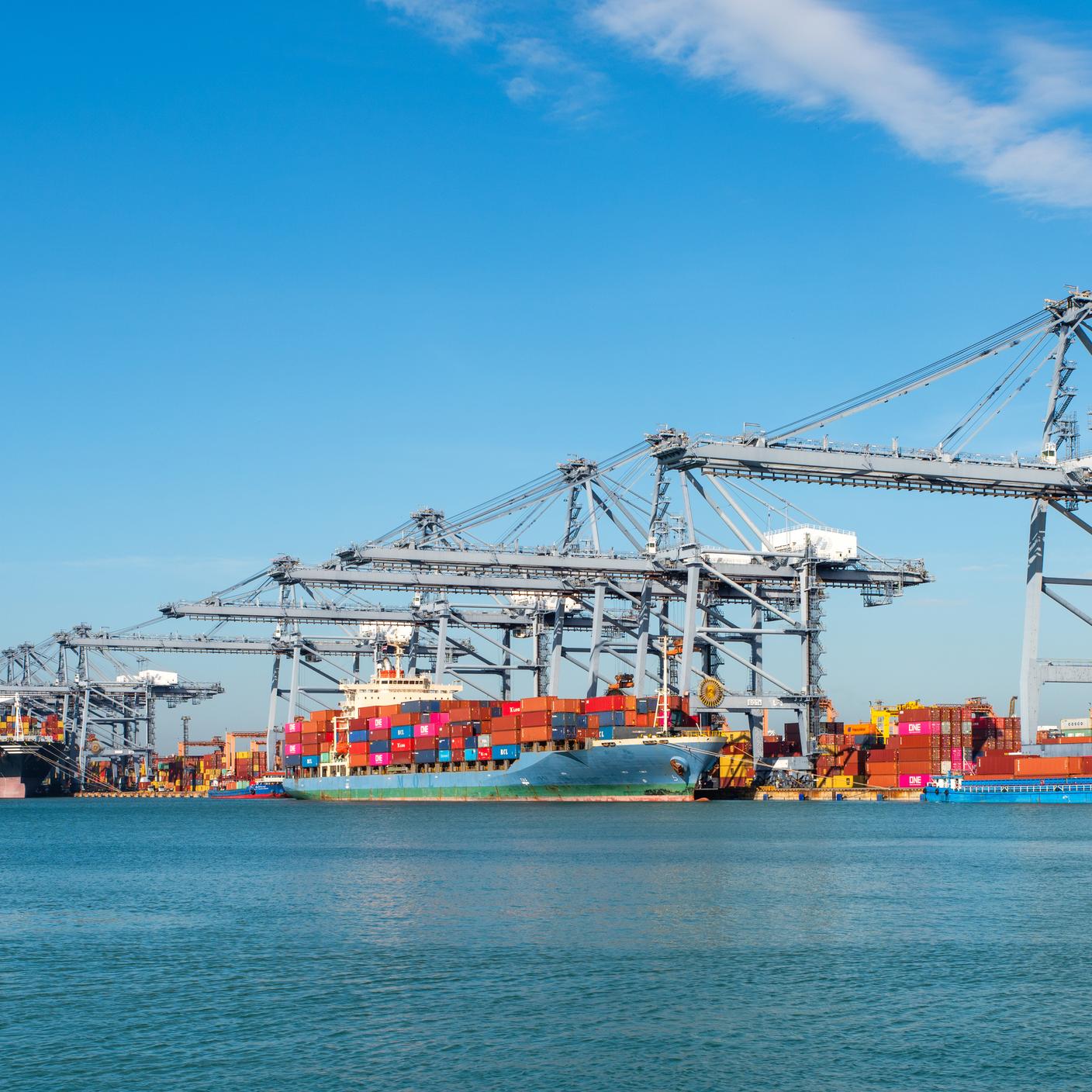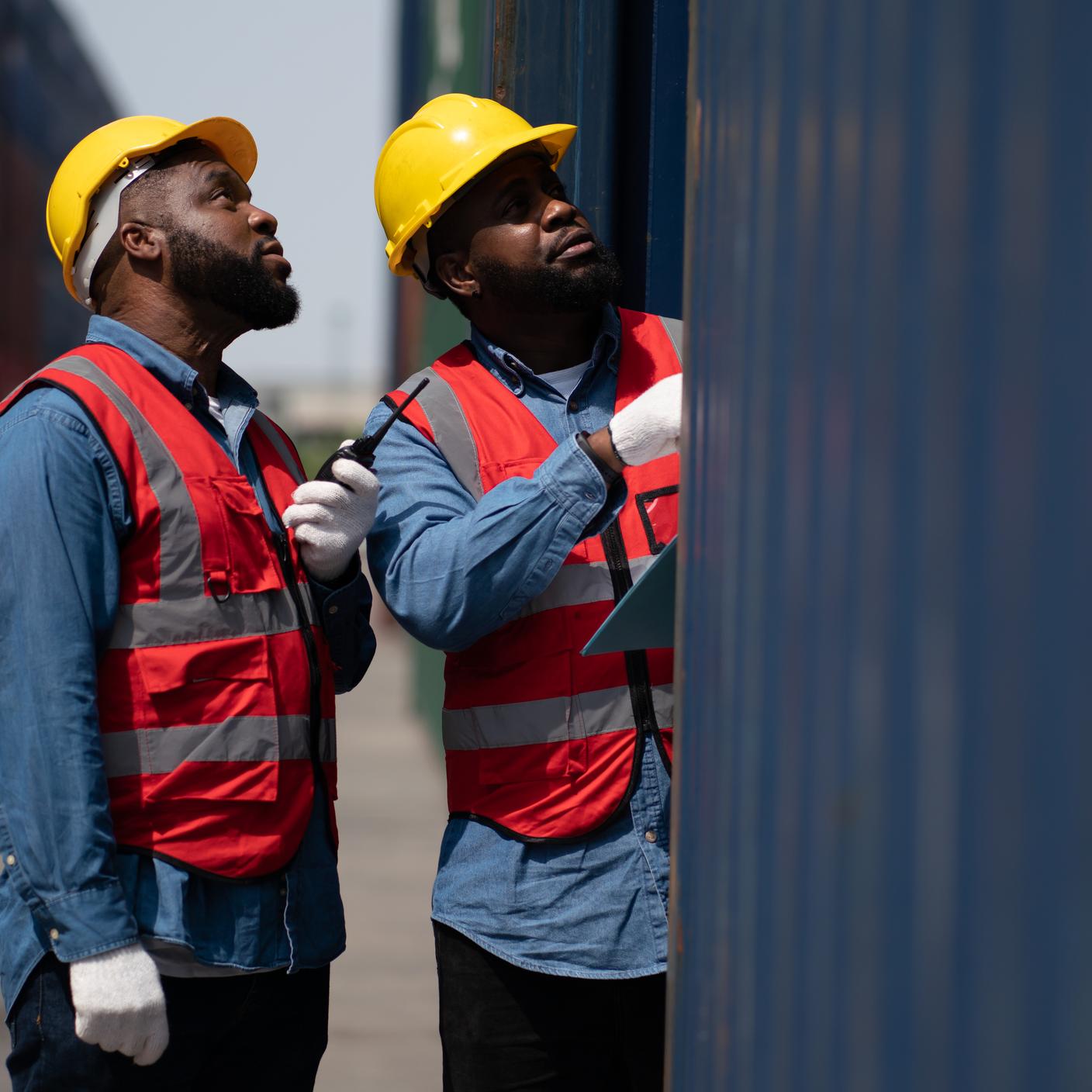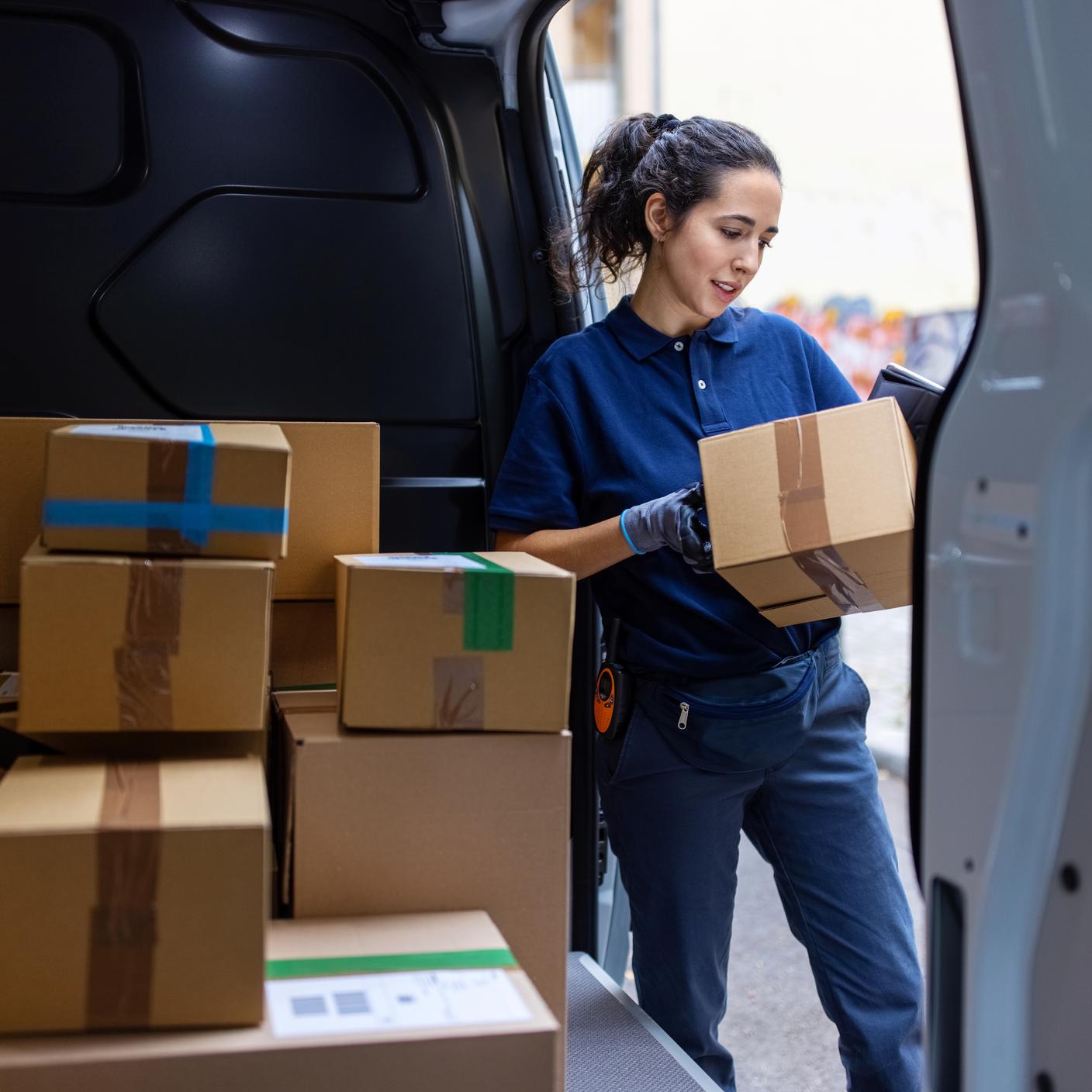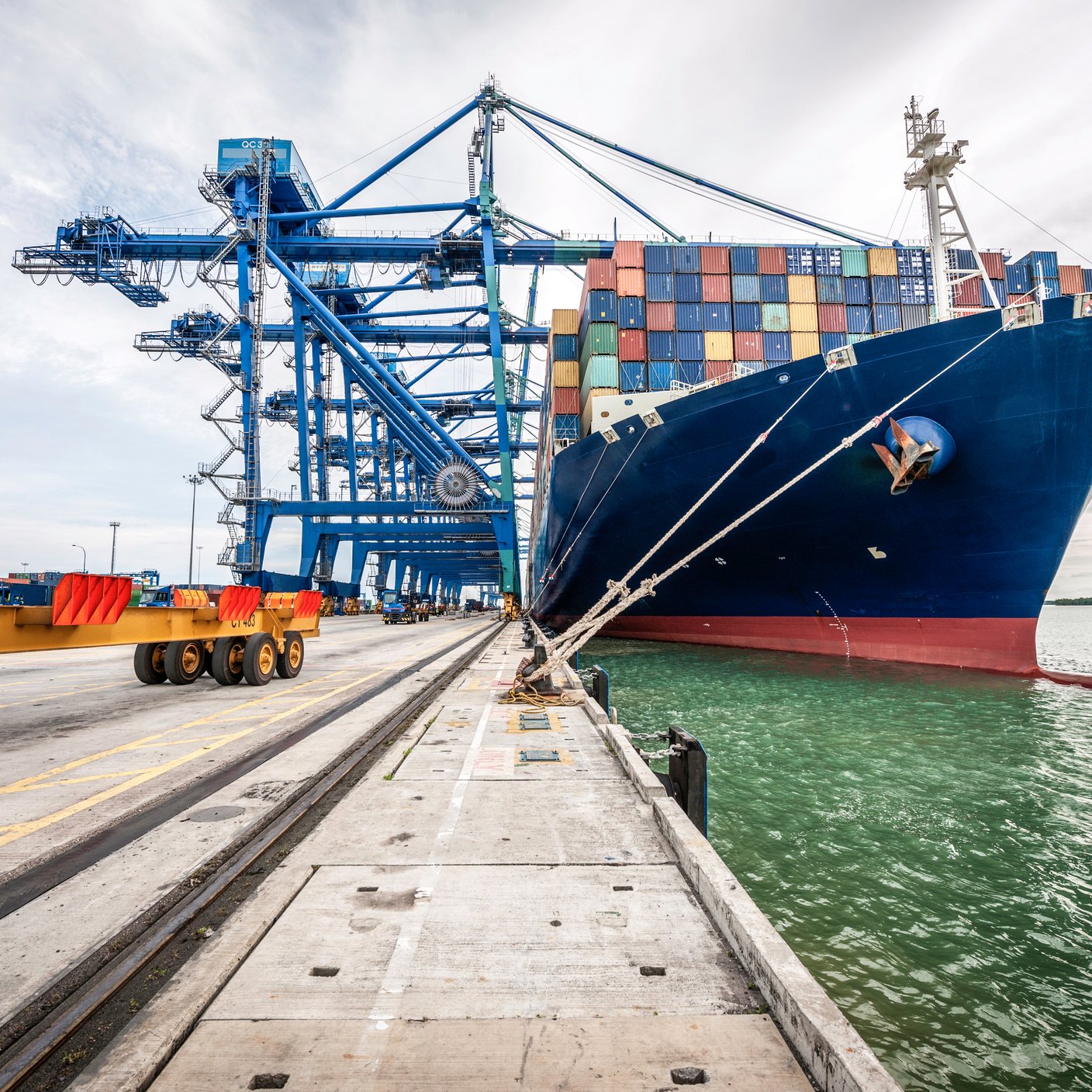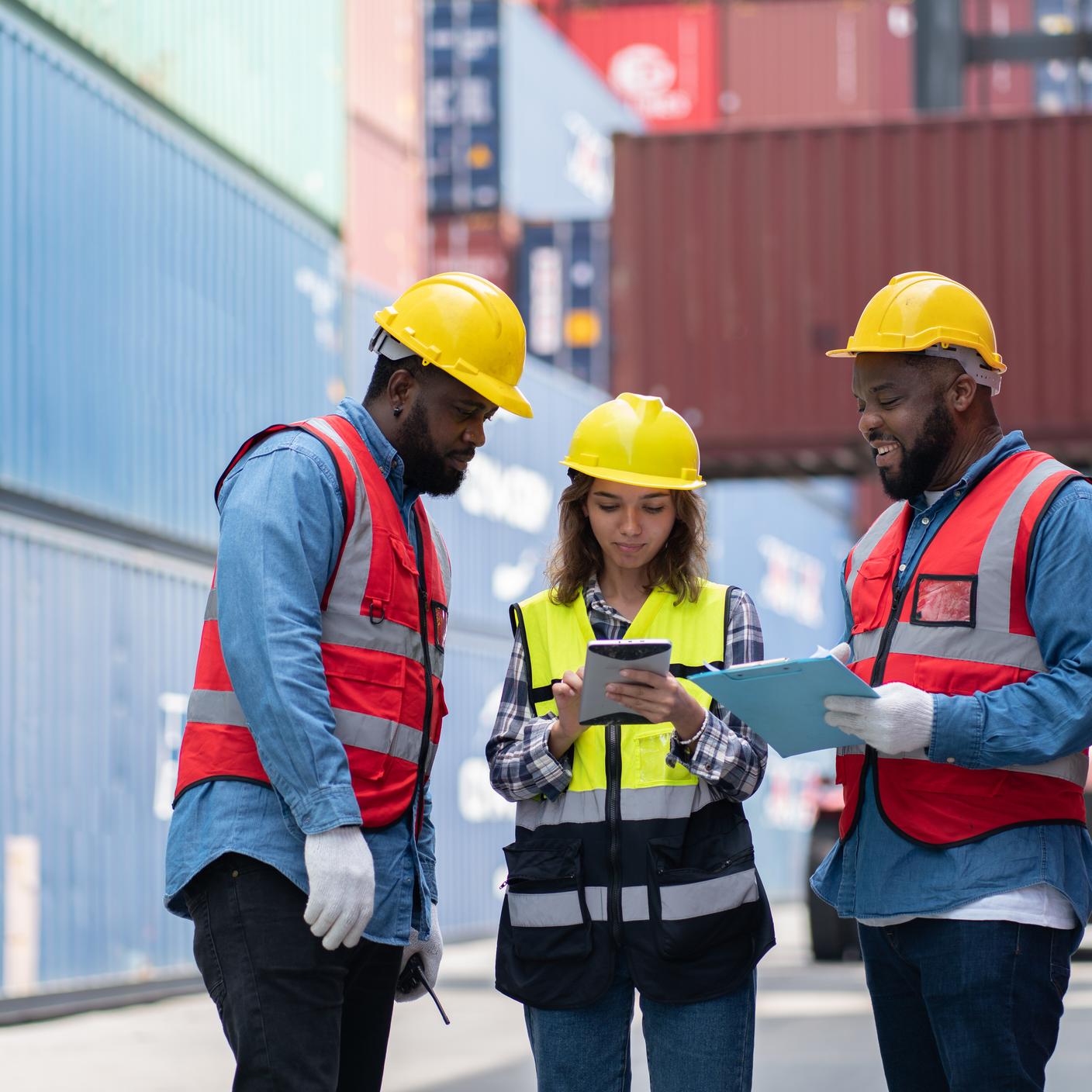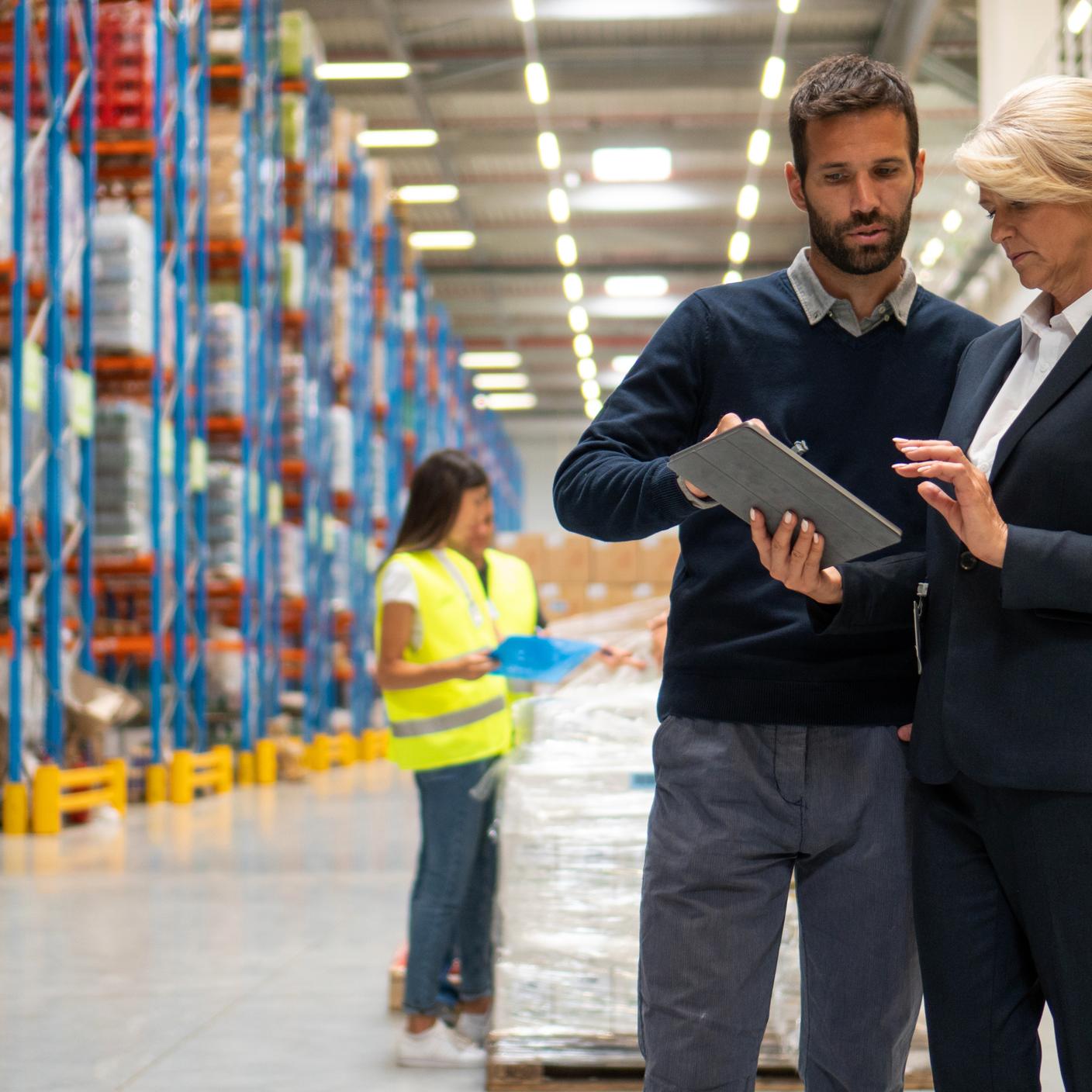In part one of our fragmented to unified series, Why your supply chain risk management strategy needs a complete overhaul, we explored why organizations need to abandon siloed risk management and adopt an enterprise-wide approach to supply chain resilience. Now, we’ll look at how cross-functional teams are playing a pivotal role in navigating import challenges caused by tariff and trade uncertainties.
What’s going on with tariffs?
The US is imposing widespread, global tariffs, which are leading to higher costs, supply chain disruptions, and compliance hurdles while creating uncertainty in trade relations. With the average effective US tariff rate now at 18.6% (as of 7 August)—the highest since 1909—it’s no wonder that 73% of respondents in the National Association of Manufacturers Q1 2025 Manufacturers’ Outlook Survey cited trade uncertainties as a top business challenge.
Tariff changes can happen with little warning, which is why real-time supply chain mapping is especially important. Mapping means teams can understand what the impacts of tariffs are on the entire network, including:
- Who's affected and who's not.
- When tariffs start.
- How they can minimize the impact of tariffs on their business.
- How tariffs will impact potential sourcing locations.
Once these are understood, organizations can begin to model out where to source from and what impact the tariffs will have on the business.
Doing this effectively can’t happen in isolation. It requires insights from multiple departments working together in real time.
Why is cross-functional collaboration the answer?
Import duties used to be a trade compliance team responsibility, handled separately from day-to-day operations. Now tariff uncertainty demands integration across procurement, supply chain operations, finance, and trade compliance teams to understand supplier locations, export patterns, sourcing flexibility, and cost impacts.
The organizations that are handling tariff changes well are doing five things right now to manage tariff uncertainty and import challenges:
1. Real-time information sharing
Teams aren’t waiting for a quarterly meeting to figure out what's happening with tariffs. They're establishing regular touchpoints and shared, real-time dashboards. When a tariff change hits, everyone gets the information they need quickly. This prevents departments from making decisions based on outdated assumptions.
2. Priority management
Teams are using shared frameworks to decide what gets attention first. They're creating simple evaluation criteria to say, “this tariff change is going to cost us X amount immediately, but if we react to it, what's that going to mean for our long-term strategy and risk profile?” The focus is on making informed trade-offs quickly.
3. Relationship building
This one is basic, but it makes a huge difference and comes down to breaking traditional departmental barriers. When procurement understands finance's cost concerns and operations knows compliance requirements, collaboration becomes natural. Teams that understand what cross-functional collaboration is and know how to build connections work together more effectively when problems arise from a shared understanding of risk.
4. Diverse perspectives
Each department brings completely different insights to tariff challenges. Finance quantifies cost impacts, procurement identifies alternative suppliers, and operations understands production constraints. When you combine all those perspectives, you get much more complete solutions than any single department could come up with on its own.
5. Being adaptable
Teams are building flexible processes that can respond to policy changes without starting from scratch. This means pre-negotiated supplier agreements, scenario planning for different tariff levels, and streamlined approval processes that match the pace of trade policy shifts.
Take action now with practical steps to navigate and adapt to evolving tariff challenges.
Looking for help with your trade compliance strategy or responding to new tariff policies? Contact us to learn how we can support your global operations.
Subscribe to our Experts Corner-2-Go LinkedIn newsletters for a roundup of the latest thought leadership content and insights: Supply Chain, Digital Trust, EHS.

